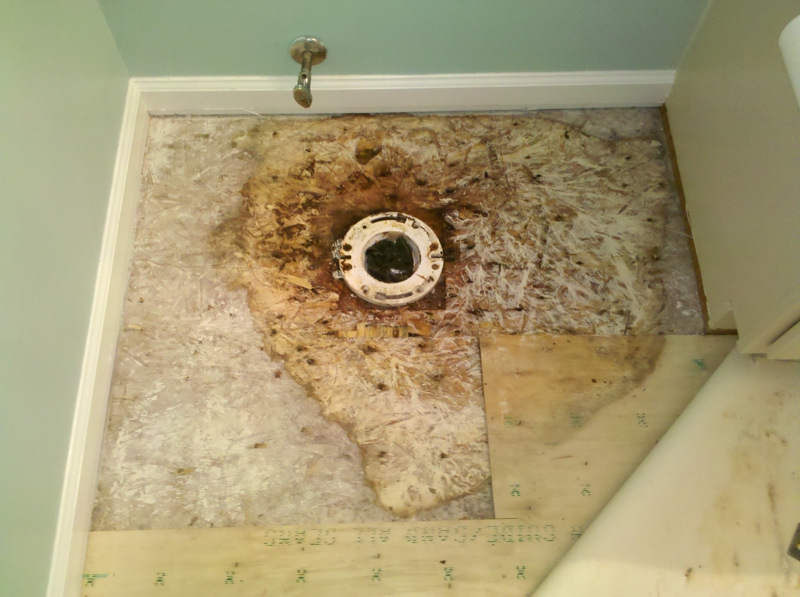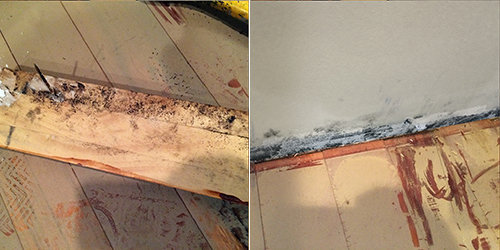Exactly how to Prevent a Water Damaged Bathroom
Exactly how to Prevent a Water Damaged Bathroom
Blog Article
Each person has their private piece of advice involving Common Causes of Water Damage in a Bathroom.

The washroom is extremely susceptible for damp build-up as well as prospective water damages as a result of the constant use water in it. This write-up supplies straightforward examination strategies to aid detecting water damage hazards.
The frequent use of water in the bathroom makes it extremely vulnerable for moist accumulation and potential water damages. By evaluating it regularly, you can lower water associated damages.
The adhering to set of inspections is very easy to do and need to be done when in every three months in order to maintain your restroom in good shape and also to avoid possible water problems caused by the bath tub, the shower, pipe joints and also plumbing, sinks, cupboards, and the commode
Do not overlook executing these assessments and be complete while doing them. Remember that these basic inspections can conserve you a lot of cash by providing very early indications for water damages
Sinks and Cabinets
Sinks as well as cabinets are subjected to moisture as well as moisture everyday and also are typically forgotten. Examine regularly under the sink as well as on the kitchen counter above it. Fix any drip in the catch as it might suggest drainpipe problems. Browse the sink, slow draining pipes might indicate an obstructed drainpipe. Replace sink seals if they are split or loose.
Tub and also Shower
The shower and tub call for special interest and also maintenance. Inspect the floor tiles and replace if split. Make sure that there is no missing cement in between the tiles. Check and also replace broken caulking at joints where the wall surfaces fulfill the floor or the tub. Obstructed drains pipes and pipes troubles will certainly prevent the tub from drying out and also may indicate severe troubles beneath the bathtub. Consult with a professional right away to stop structural damage. Take note of stainings or soft locations around the bath tub walls as they may show an internal leak.
Plumbing
Signs for water damages are tough to detect because a lot of pipelines are installed inside the walls.
Pay unique focus to floor covering and walls wetness and also discolorations as they may indicate an undetectable plumbing trouble. Examine moisture levels in adjoining spaces too.
The Commode
The commode is a vulnerable water junction. Inspect the water lines as well as look for leakages around the commode seat, in the hose, and under the water tank. If you discover any type of indicators of dampness on the flooring around the commode, check for leakages in the toilet edge and also container seals.
Know that hanging bathroom bowl antiperspirants raises the opportunities for obstructions.
TIPS TO PREVENT WATER DAMAGE IN THE BATHROOM
The average household uses approximately 80-100 gallons of water per person per day. For a family of 4, that's almost 2,500 gallons of water a week! The largest portion of this consumption comes from bathroom use. Flushing the toilet uses the most water, followed by taking a shower or bath. With that much water running through the home, water damage in the bathroom is bound to happen. Knowing how to spot signs of a water leak is essential to preventing long-term damage. This guide provides you with tips to reduce the impact of water damage on your bathroom.
CAUSES OF BATHROOM WATER DAMAGE
Pipe breaks are the most common cause of water damage we see in our daily jobs. The age of a pipe plays a large role in a pipe break as well as corrosion. Over time, the metal begins to break down, allowing water to escape. Frozen pipe breaks are also a concern in the winter months. Toilet overflows caused by paper products or children flushing inappropriate items. Degraded caulking around the toilet or bathtub can allow water seepage, sometimes behind the fixture, into the subfloor or walls. Condensation forms when the water in a pipe is cooler than the air temperature. Beads of water form on the exterior of the pipes, sometimes so much so that the water begins to drip and pool below. Sink or shower backups created by poor drainage. HOW TO PREVENT WATER DAMAGE IN YOUR BATHROOM
Inspect your toilet supply line for worn or frayed hoses and replace them as needed. Winterize your plumbing to prevent a frozen pipe break. Use vent fans to prevent condensation that can lead to mold growth. Routinely check and replace degraded caulking around your toilet or bathtub. Increase the temperature in your toilet tank and insulate your pipes during the warm summer months to keep condensation from forming. Use child safety locks on the toilets. Flush only toilet paper. "Flushable" wet wipes are actually not good for your plumbing system. Additionally, feminine hygiene products should not be flushed. Prevent water from escaping the tub or shower. Make sure shower curtains are in good condition. Inspect shower doors and replace the seal strip if necessary. Wipe up any water that accumulates on the floor and use bath mats. Water left to sit can cause damage to the tiles and flooring. Refrain from using bath products containing heavy oils to avoid a clogged drain.

As a keen person who reads on How to Fix a Water Damage Bathroom, I figured sharing that excerpt was beneficial. Sharing is good. Helping others is fun. Thanks a bunch for your time. Kindly check our site back soon.
Schedule Now Report this page